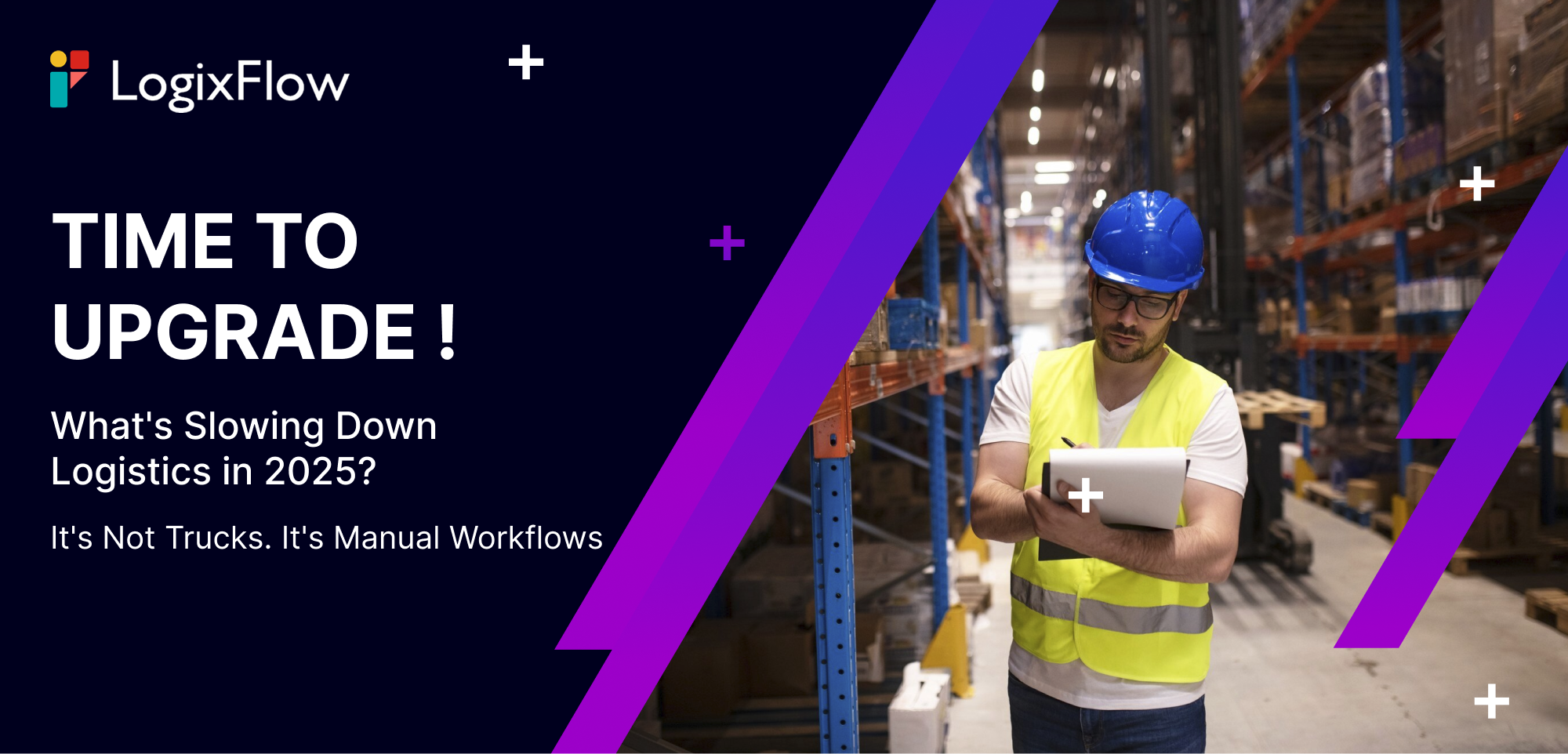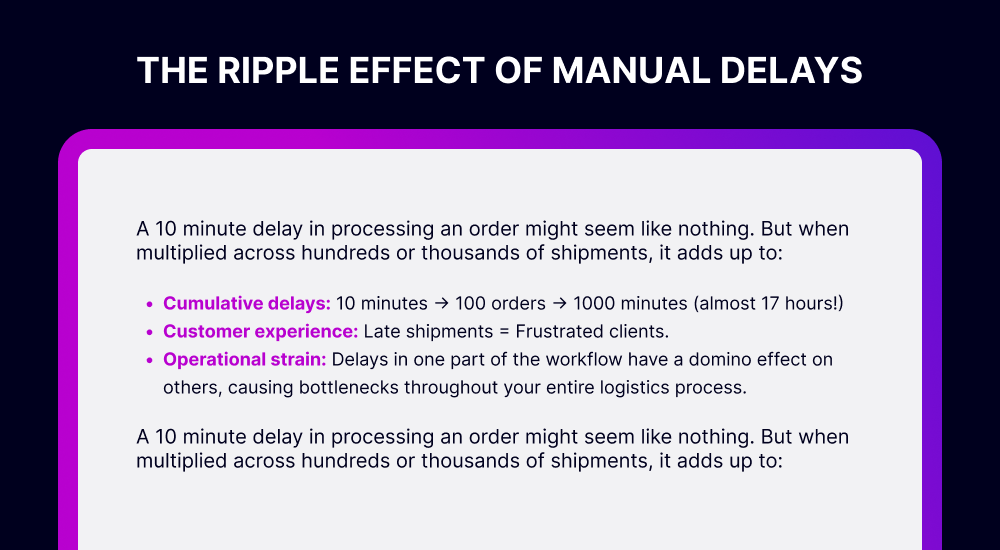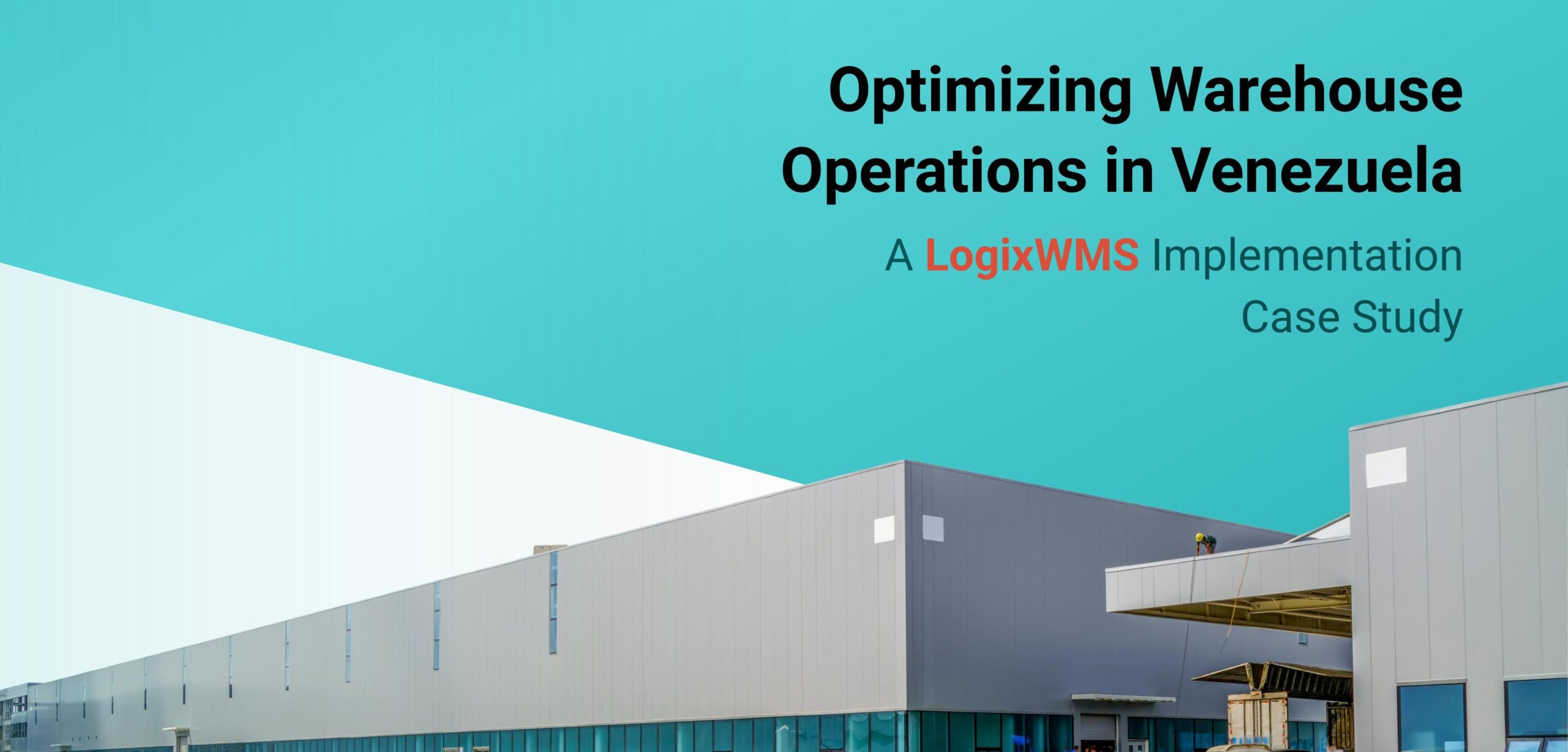
Optimizing Warehouse Operations in Venezuela: A LogixWMS Implementation Case Study
Executive Summary
Copacker San Diego, a leading Venezuelan warehousing and logistics company, faced mounting operational challenges while managing P&G inventory for its principal client, Empresas Polar, the official distributor of P&G’s products in Venezuela. Reliant on manual processes and Excel-based systems for inventory management, the company struggled with inventory accuracy, real-time visibility, and operational throughput. As the inventory volume grew, these traditional methods fell short of providing accurate, real-time visibility and detailed control across warehouse processes, creating major challenges in receiving, validating and storing shipments efficiently and securely.
To address these challenges, Empresas Polar required a reliable and scalable warehouse management system (WMS) to support growing inventory volumes and ensure efficient fulfillment.
In collaboration with AA Consulting, a trusted local partner, Copacker San Diego adopted LogixWMS, an effective and end-to-end warehouse management solution implemented by LogixGrid. The system delivered real-time visibility, optimized palletization and picking, introduced the MATRIX Mobile app for Android operations, and integrated Augmented Reality (AR) for accuracy in tracking and picking. Post-implementation, Copacker San Diego achieved a leap in inventory accuracy (75% to 98%), increased operational efficiency, reduced costs, and assured near-perfect order fulfillment, directly supporting Empresas Polar’s distribution efficiency for P&G products.
Client Profile: Copacker San Diego
Copacker San Diego plays an important role in Venezuela’s logistics infrastructure, specializing in high-volume warehouse management. As a key partner for Empresas Polar, which markets and distributes P&G inventory across the country, Copacker San Diego’s operations include:
- Receiving imported P&G products in containers.
- Labeling products with Empresas Polar information.
- Storing goods systematically for traceability.
- Preparing and dispatching shipments to Empresas Polar’s distribution centers.
With a highly trained workforce adept at using both computer systems and mobile devices, the company manages complex consumer goods logistics. However, increasing shipment volumes aggravated operational inefficiencies under their manual system.
The Challenge: Manual Processes and Visibility Gaps
“Every day felt like chasing after errors in spreadsheets,” recalled a Copacker operations lead. Their team depended heavily on Excel for tracking inventory but mismatches and delays were constant. Staff often spent hours reconciling numbers, while Empresas Polar lost confidence in the data.
From Empresas Polar’s side, the frustration was clear: “We couldn’t trust the numbers, we’d placed an order, and by the time it shipped, stock had already changed. It forced us to over-communicate and double-check everything.”
Critical operational challenges:
- Inventory tracking inefficiencies: Excel-based processes prevented real-time visibility, creating uncertainty about stock levels.
- Rising volumes and operational bottlenecks: Increasing P&G shipments worsened delays in receiving, labeling, storing, and dispatching goods.
- Customer fulfillment impact: Lack of timely, accurate data led to slower order processing and occasional mismatches with Empresas Polar’s expectations.
- Scaling limitations: Manual workflows constrained Copacker San Diego’s ability to grow operations without multiplying errors or labor effort.
The result? Internal audits confirmed these struggles, showing just 75% inventory accuracy, meaning one in every four records was wrong. Both teams were caught in reactive firefighting, leaving little room to focus on strategic growth.
Lesson Learned:
- Manual tracking does not scale with increasing inventory. Implementing a WMS is essential for accuracy and operational efficiency.
- Ensuring processes are scalable prevents errors from compounding as volumes grow.
Snippet: From spreadsheets to blindfolded operations.
The Solution: A Mobile-First WMS Transformation
Copacker adopted LogixWMS to replace manual workflows and bring real-time visibility to the warehouse. This was more than a tech upgrade, it restored confidence in data and simplified operations.
“The biggest relief was that everything moved to our phones,” said a warehouse supervisor. “We could scan, label, and update stock on the spot, cutting errors and saving time.”
Empresas Polar also saw immediate benefits: “Finally, we could check livestock levels without extra calls. It gave us confidence to plan and fulfill orders accurately.”
Key features included:
- MATRIX Mobile App: Enabled operators to handle receiving, labeling, storing, and picking directly on Android devices, eliminating paper-based processes.
- Palletization & De-palletization: Optimized storage and simplified bulk handling for faster order assembly.
- Fast Picking & Route Optimization: Intelligent algorithms reduced travel time for staff and improved picking speed.
- AR Integration: Visual guidance minimized picking and labeling errors while easing new staff training.
- Custom Handling & Compliance: Ensured P&G labeling protocols, lot tracking, expiration management and storage standards were met.
- Comprehensive Visibility & Reporting: Real-time dashboards gave management insights into inventory, movements, and operational performance for better decision-making.
By combining mobile access, AR guidance, and automation, Copacker transformed daily operations, improving efficiency, accuracy, and staff confidence.
Lesson Learned:
- Automation and mobile access significantly reduce human errors in fast-paced warehouse environments.
- Integrating AR guidance can simplify complex picking and labeling tasks, improving both speed and accuracy.
- Customizing workflows to specific product and client requirements ensures compliance and smooth operations.
Snippet: From spreadsheets to palm-sized control.
The Implementation Partner: AA Consulting
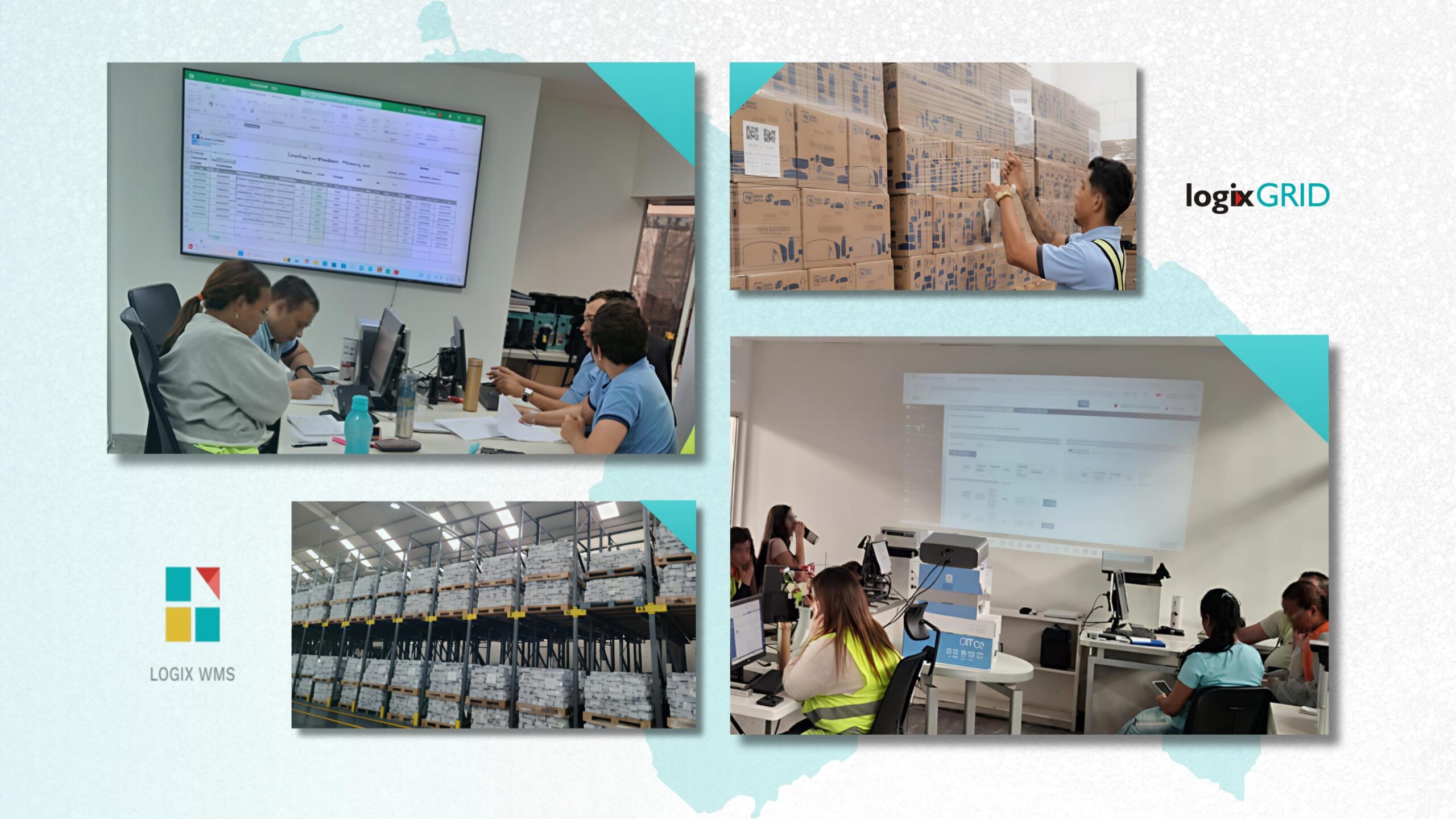
AA Consulting, founded in 2008, is a strategic LogixGrid partner in Venezuela. With expertise in engineering projects, production management, and logistics, the firm has executed over 55 projects across 15 companies in the country.
For Copacker San Diego, AA Consulting ensured:
- Ideal project management and system integration.
- Complete training for warehouse staff.
- Ongoing support aligned with local market needs.
Their local expertise combined with LogixGrid’s technology created a solution both technically sound and culturally adapted to Venezuela’s logistics environment.
Results and Tangible Benefits
The LogixWMS deployment delivered transformative improvements:
- Inventory Accuracy: Increased from 75% to 98%, significantly reducing discrepancies and stock reconciliation issues.
- Operational Efficiency: Receiving times dropped by 25%, while order picking throughput increased by 30%.
- Cost Reduction: Overall operational costs fell by 18%, guided by labor optimization, error reduction, and space utilization.
- Fulfillment Rates: Order fulfillment for Empresas Polar improved to 99%, with reduced lead times and improved delivery accuracy.
- Visibility and Reporting: Real-time dashboards and customizable reports authorized proactive inventory and demand planning.
- Employee Engagement: Staff quickly adopted the MATRIX Mobile app and AR tools, reporting reduced strain, fewer errors, and higher job satisfaction.
Key Success Factors
The project’s success was shaped by several critical factors:
- Collaborative Partnership: Strong cooperation between Copacker San Diego, LogixGrid, and AA Consulting ensured alignment with strategic goals and Empresas Polar’s requirements.
- Training and Change Management: AA Consulting’s training programs enabled smooth adoption of new workflows, minimizing resistance to change.
- Scalability of LogixWMS: The system easily scaled to handle growing P&G volumes, future-proofing Copacker San Diego’s operations.
- Innovative Technology Integration: The MATRIX Mobile app and AR features improved efficiency and accuracy beyond traditional WMS capabilities.
Future Outlook
Building on this success, Copacker San Diego plans to further expand its use of LogixWMS by:
- Integrating more deeply with Empresas Polar’s ERP systems.
- Using advanced analytics for predictive demand and inventory insights.
- Extending LogixWMS to additional warehouses in its network.
With LogixGrid and AA Consulting as strategic partners, Copacker San Diego is positioned to strengthen its role as a logistics leader in Venezuela, ensuring reliable, efficient support for Empresas Polar’s distribution of P&G operations.
Beyond Today: What’s Next
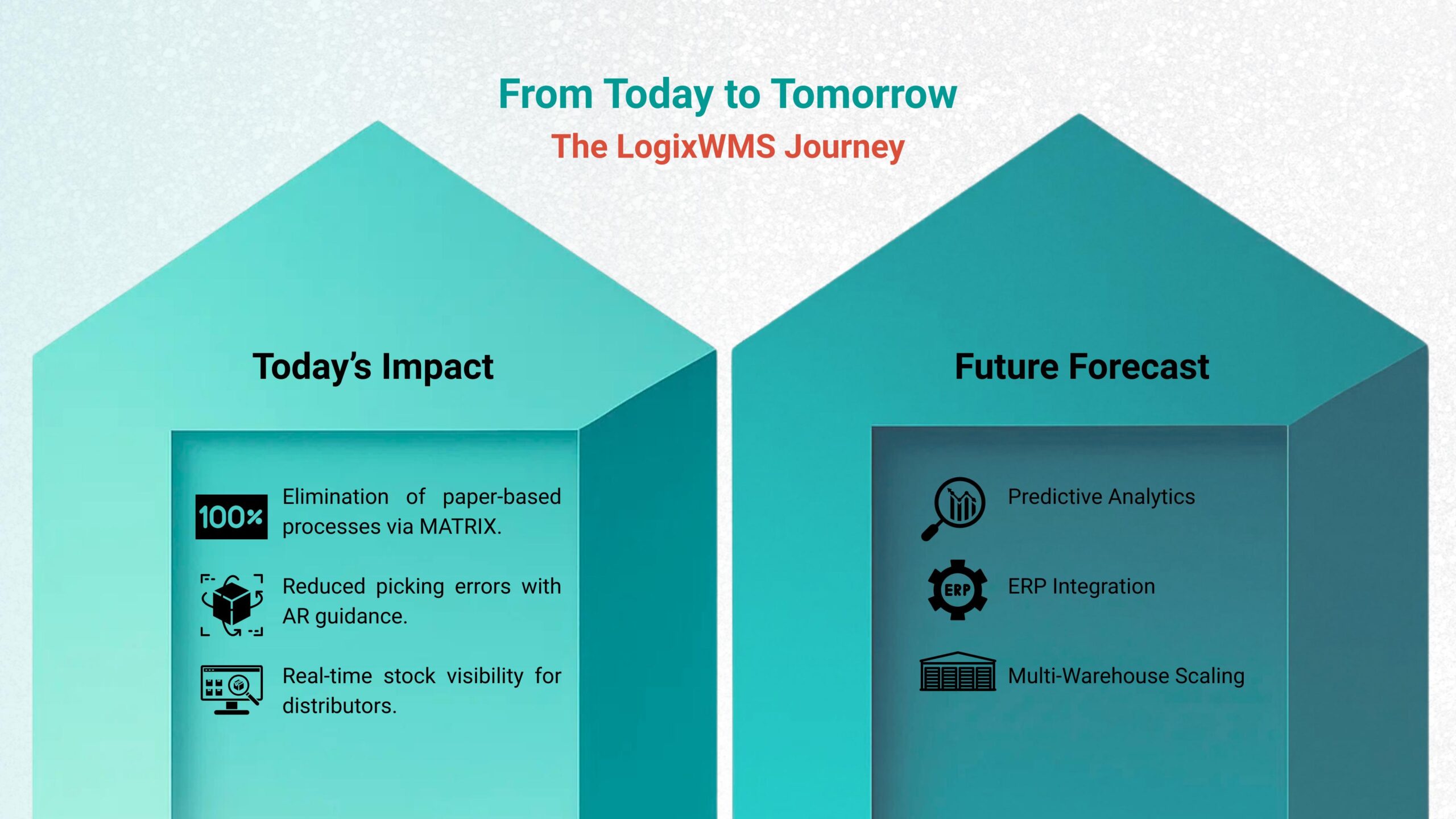
The partnership between Copacker San Diego, LogixGrid, and AA Consulting altered warehousing operations from manual, error-prone processes into a simplified, technology-driven system. LogixWMS delivered measurable gains in efficiency, accuracy and customer satisfaction, enabling Copacker San Diego to match the rigorous demands of its principal distributor and support the distribution of P&G products across Venezuela.
By aligning technology with operational realities, this case highlights how modern WMS solutions can redefine warehouse management for fast-moving consumer goods in challenging market environments.



